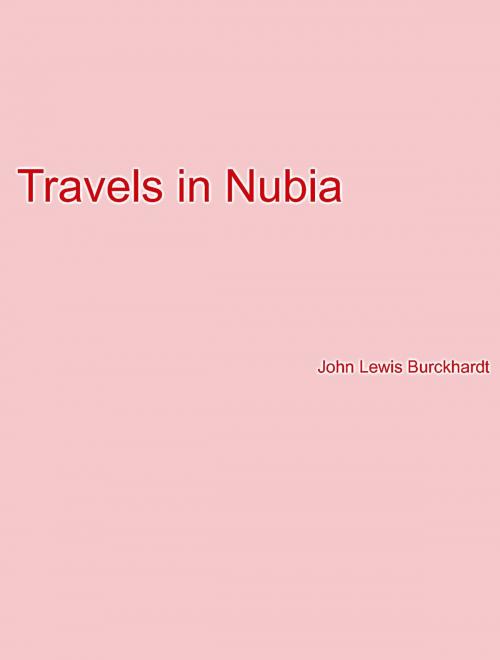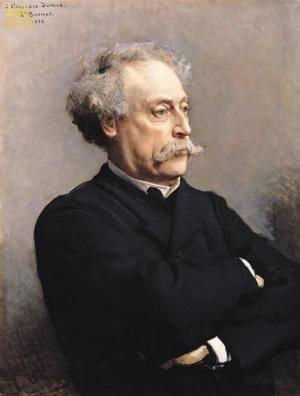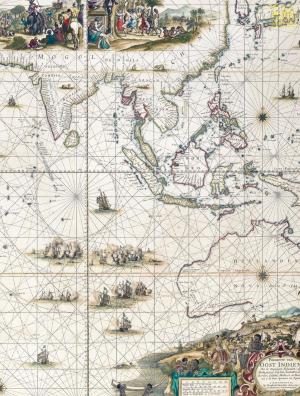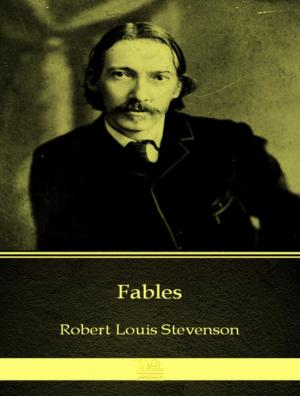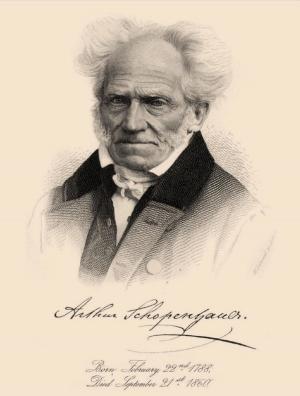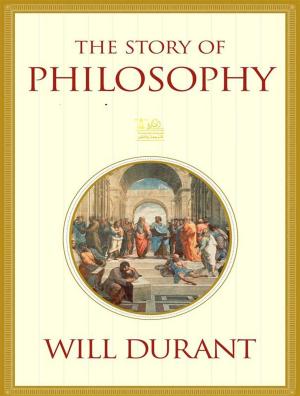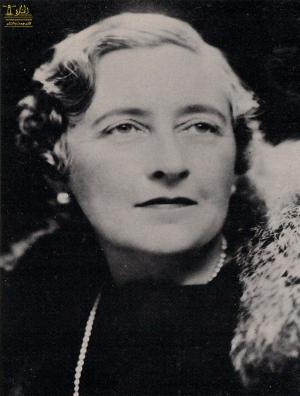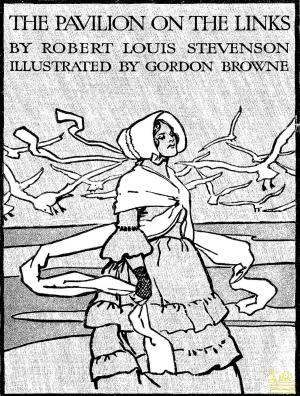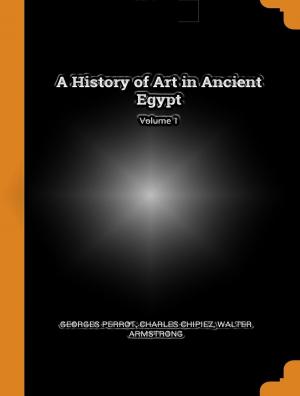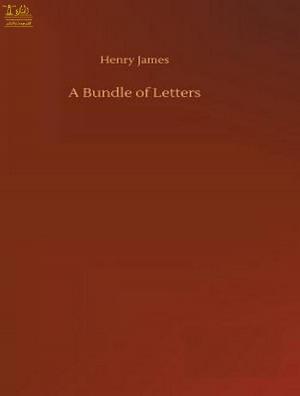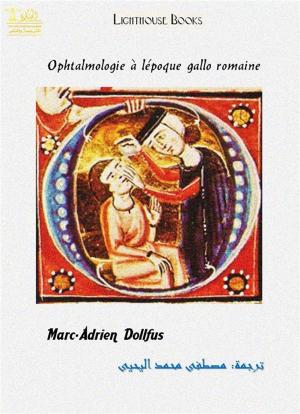| Author: | John Lewis Burckhardt | ISBN: | 9780599459946 |
| Publisher: | Lighthouse Books for Translation Publishing | Publication: | May 16, 2019 |
| Imprint: | Lighthouse Books for Translation and Publishing | Language: | English |
| Author: | John Lewis Burckhardt |
| ISBN: | 9780599459946 |
| Publisher: | Lighthouse Books for Translation Publishing |
| Publication: | May 16, 2019 |
| Imprint: | Lighthouse Books for Translation and Publishing |
| Language: | English |
During his residence in Syria, Burckhardt visited Palmyra, Damascus, Lebanon and made a series of other exploratory trips in the region. One of these trips, in what is now modern-day Jordan, resulted in his 'discovery' of the extensive and unique ruins of Petra which had been undiscovered for nearly a millennium. Unsatisfied with the magnitude of this discovery he was determined to carry on with his original aim to uncover the source of the River Niger. Thus he in 1812 went to Cairo with the intention of joining a caravan to Fezzan, in Libya.
Burckhardt temporarily abandoned this goal to travel up the Nile as far as Dar Mahass; and then, finding it impossible to penetrate westward, he made a journey through the Nubian desert in the character of a poor Syrian merchant, passing by Berber and Shendi to Suakin, on the Red Sea, whence he performed the pilgrimage to Mecca by way of Jidda. At Mecca he stayed three months and afterwards visited Medina.
After enduring privations and sufferings of the severest kind, he returned to Cairo in June 1815 in a state of great exhaustion; but in the spring of 1816 he travelled to Mount Sinai, whence he returned to Cairo in June, and there again made preparations for his intended journey to Fezzan. Several hindrances prevented his prosecuting this intention, and finally, in April 1817, when the long-expected caravan prepared to depart, he was seized by dysentery[2] and died on 15 October. He had from time to time carefully transmitted to England his journals and notes, and a copious series of letters, so very few details of his journeys have been lost. He bequeathed his collection of 800 volumes of oriental manuscripts to the library of Cambridge University.
Among its archives, the University Library has the original manuscript copy of the Minutes of the African Association which details all Burckhardt's exploits as they were reported back to the Committee until his untimely death. It also owns a first edition copies of Travels in Syria and the Holy Land, the published diary of his trip, as well as the rest of his published works. The original diary now resides in the London archives of the Royal Geographical Society, although the University’s archive is one of the largest and most significant Burckhardt collections anywhere in the world.
Burckhardt’s Petra entry for August 22, 1812, is 12 pages in length and paints a vivid and detailed account, describing exactly where he went, what he saw, the dimensions of the buildings, the carvings on them and their state of preservation. He also describes the lengths he took to avoid arousing suspicion which could have jeopardised the success of his mission. He was aware that as a foreign traveller, even though disguised in Arab dress, he might provoke distrust and be thought to be a treasure hunter. One of his biggest fears was being stripped of his journal, his most treasured possession.
Though his descriptions lack the modern names for Petra’s antiquities, his journal clearly describes the now well-known rock-cut tombs, the ‘Treasury’ and the theatre. He seems to have penetrated the site as far as the Qasr al-Bint al-Faroun (Palace of the Pharaoh’s daughter) but at this point, and before he had completed his explorations, the local guides became suspicious of his motives and he thought it prudent to cut short his exploration, but not before making the intended sacrifice of the goat in sight of the tomb of Haroun and departing after the sun had set.
During his residence in Syria, Burckhardt visited Palmyra, Damascus, Lebanon and made a series of other exploratory trips in the region. One of these trips, in what is now modern-day Jordan, resulted in his 'discovery' of the extensive and unique ruins of Petra which had been undiscovered for nearly a millennium. Unsatisfied with the magnitude of this discovery he was determined to carry on with his original aim to uncover the source of the River Niger. Thus he in 1812 went to Cairo with the intention of joining a caravan to Fezzan, in Libya.
Burckhardt temporarily abandoned this goal to travel up the Nile as far as Dar Mahass; and then, finding it impossible to penetrate westward, he made a journey through the Nubian desert in the character of a poor Syrian merchant, passing by Berber and Shendi to Suakin, on the Red Sea, whence he performed the pilgrimage to Mecca by way of Jidda. At Mecca he stayed three months and afterwards visited Medina.
After enduring privations and sufferings of the severest kind, he returned to Cairo in June 1815 in a state of great exhaustion; but in the spring of 1816 he travelled to Mount Sinai, whence he returned to Cairo in June, and there again made preparations for his intended journey to Fezzan. Several hindrances prevented his prosecuting this intention, and finally, in April 1817, when the long-expected caravan prepared to depart, he was seized by dysentery[2] and died on 15 October. He had from time to time carefully transmitted to England his journals and notes, and a copious series of letters, so very few details of his journeys have been lost. He bequeathed his collection of 800 volumes of oriental manuscripts to the library of Cambridge University.
Among its archives, the University Library has the original manuscript copy of the Minutes of the African Association which details all Burckhardt's exploits as they were reported back to the Committee until his untimely death. It also owns a first edition copies of Travels in Syria and the Holy Land, the published diary of his trip, as well as the rest of his published works. The original diary now resides in the London archives of the Royal Geographical Society, although the University’s archive is one of the largest and most significant Burckhardt collections anywhere in the world.
Burckhardt’s Petra entry for August 22, 1812, is 12 pages in length and paints a vivid and detailed account, describing exactly where he went, what he saw, the dimensions of the buildings, the carvings on them and their state of preservation. He also describes the lengths he took to avoid arousing suspicion which could have jeopardised the success of his mission. He was aware that as a foreign traveller, even though disguised in Arab dress, he might provoke distrust and be thought to be a treasure hunter. One of his biggest fears was being stripped of his journal, his most treasured possession.
Though his descriptions lack the modern names for Petra’s antiquities, his journal clearly describes the now well-known rock-cut tombs, the ‘Treasury’ and the theatre. He seems to have penetrated the site as far as the Qasr al-Bint al-Faroun (Palace of the Pharaoh’s daughter) but at this point, and before he had completed his explorations, the local guides became suspicious of his motives and he thought it prudent to cut short his exploration, but not before making the intended sacrifice of the goat in sight of the tomb of Haroun and departing after the sun had set.
